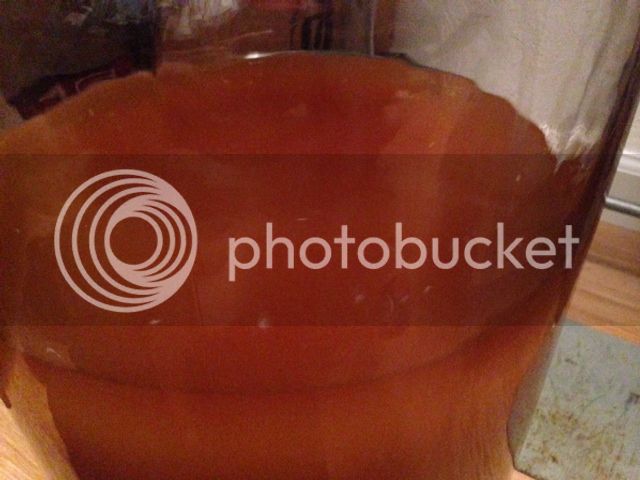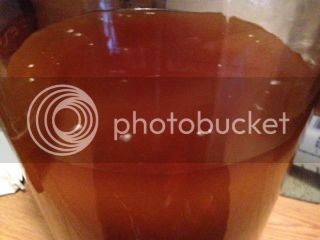thewall47
Member
Hi all, this is a pretty basic question, I am doing my first brew and transferred into a, what I believed to be a clean secondary fermenter once my SG hit the target.
Both primary and secondary were cleaned with oxyclean then star san. The primary was in a plastic food grade bucket so I don't really know what fermentation of this beer looks like.
I know ales are top fermenting and this could just be a little foamy krausen. I have tried to read different forum post and some people say it's mold. Some replies just call the poster a moron for not knowing it's floating ale yeast, some say krausen, others, say leave the mold it makes the best beer ever!?
What's your thoughts?


Both primary and secondary were cleaned with oxyclean then star san. The primary was in a plastic food grade bucket so I don't really know what fermentation of this beer looks like.
I know ales are top fermenting and this could just be a little foamy krausen. I have tried to read different forum post and some people say it's mold. Some replies just call the poster a moron for not knowing it's floating ale yeast, some say krausen, others, say leave the mold it makes the best beer ever!?
What's your thoughts?






